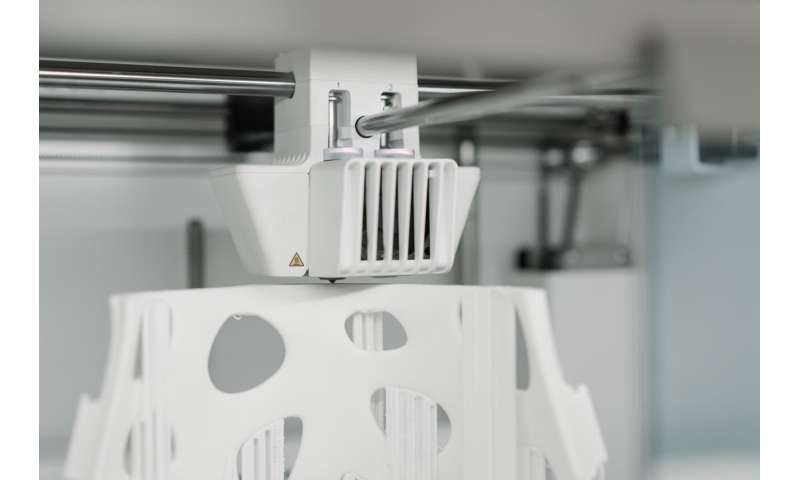Producing human platelets with a 3D bioprinted bone marrow

The SilkFusion project mimics the bone marrow physiology (using silk) for platelet production with breakthrough applications for transfusions, personalised medicine and drug testing
Our body is smart, and when we bleed, it creates platelets for the blood to clot. This is done by giant cells called megakaryocytes, which reside in the marrow of our bones. But they are not always able to produce enough platelets, so millions of transfusions are needed each year to treat people suffering from blood diseases, viral infections or chemotherapy, as well as for medical research.
Due to the ageing population and aggressive therapies, platelet usage increases by 10% every year. Today its main source is from healthy donors, but supplies are often limited. Everything becomes complicated when donation rates are low, mainly during the summer, or during public health emergencies, such as pandemics. Platelet shortage is also compounded by their short shelf life (five-seven days), making stock management difficult.
Moreover, only about a third of platelets destined for transfusion are a perfect match for the receiving patients. But what if we could have systems to generate universally compatible platelets?
This is why the EU project SilkFusion was born. Coordinated by Università degli Studi di Pavia (Italy) with an interdisciplinary consortium composed of two universities, one research organisation and three companies, it aims to develop a technology and methodology for manufacturing "a la carte" platelets.
The project has built an in vitro model that replicates bone marrow through 3D printing technology and the use of silk, a natural biocompatible and sustainable element. The technology prints megakaryocytes into a liquid silk-based medium. This solidifies and keeps the 3D structure that supports the physiologic process of natural platelet production.
The system developed within SilkFusion has additional applications like testing patients' cells to better understand certain disease mechanisms and to propose personalised treatment for patients suffering from inherited disorders related to low platelet out (such as thrombocytopenia).
Furthermore, the project offers researchers and clinicians specialised precision instruments for determining the safety and efficacy of new drugs. Testing costs millions of euros for a single drug compound and often animal models are poor predictors of outcomes in humans. The direct use of patient cell samples leads to the selection of the best therapeutic course for patients and ultimately to improvements in clinical care.
SilkFusion constitutes one of the building blocks towards the industrialisation of the nanotechnology platform for large-scale generation of human platelets.
Provided by iCube Programme